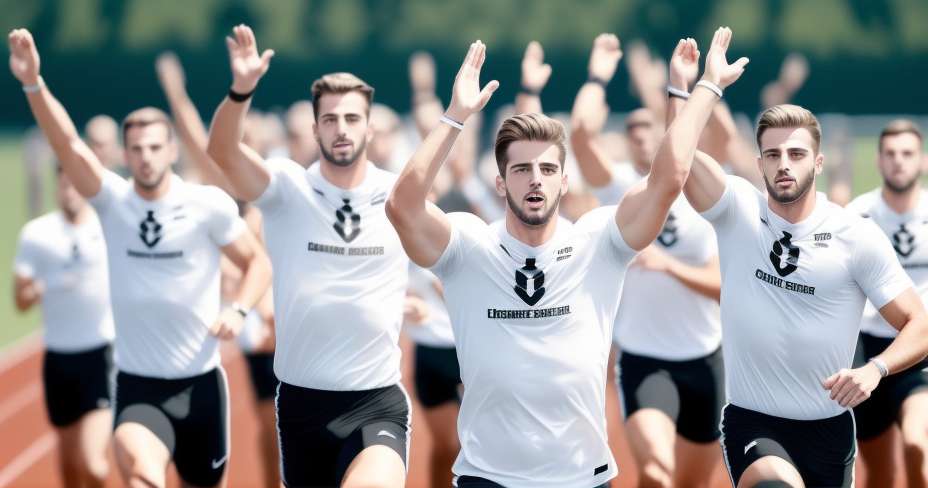Keep calm!
May 2024

The runners who have faced the 42 km of a marathon know the phenomenon called "touch the wall" . This affects half of the runners, and appears after kilometer 30, because the muscles are left without glycogen .
However, it is believed that this phenomenon can already be controlled thanks to the researcher Benjamin Rapoport , from Harvard University. The study by this expert focused on the way that the body uses the Energy during the long-term physical exercise, and thanks to his observations he has obtained a mathematical formula that allows him not to faint during the race of marathon.
When running the human body consumes most of the energy of carbohydrates, instead of taking it from the reserves of fat, so it is mainly consumed glycogen stored in the liver and in leg muscles , Y few blood glucose hydrates . So, when the "sugar" is exhausted, the body is forced to burn fat and by doing this process are released by-products called ketones, which cause fatigue .
Rapoport's mathematical model estimates how long already How fast the runner can go to the end (to the goal). The formula uses 2 parameters: the aerobic capacity (VO2 max), which measures how much oxygen the body can transport to the muscles during the aerobic exercise -Oxygen is needed to "break" the glucose-; and the storage capacity of carbohydrates (glycogen) in the leg muscles . The model helps athletes calculate how many carbohydrates they should consume in the previous days to the race so that the reserves lasts 42 kilometers.
The calculator is available at: //endurancecalculator.com/EnduranceCalculatorForm.html